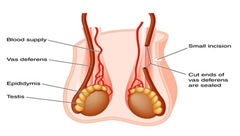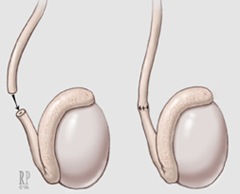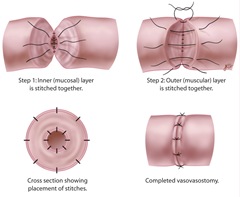What is microsurgery and how is it used for a vasectomy reversal? People still believe that vasectomy is a permanent method for birth control. But this is not true, as you can undergo various procedures to reverse a vasectomy. Due to continuous advances in healthcare, you can restore your fertility through microsurgical vasectomy reversal. When you opt for a vasectomy, the surgeon will clamp or cut the tube connecting your testicles to your penis. This tube helps transfer the sperm out of the body. After a vasectomy, the sperm will not mix with semen when you ejaculate.
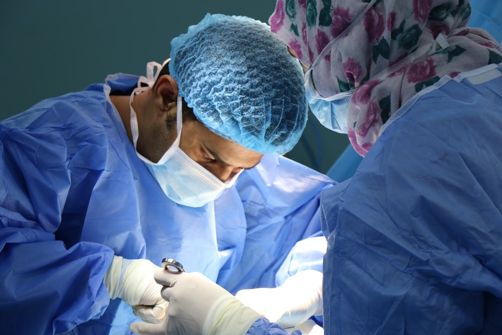
(Source)
The vasectomy reversal means that during ejaculation, sperm combines with semen. You can restore the tube through the vasovasostomy method. Furthermore, another technique bypass the tube’s deficit, a vasoepididymostomy. When you choose a microsurgical vasectomy reversal, the surgeon will diagnose the condition and spot the tube. Then they will use two specialized instruments to perform the surgery. These instruments are unique, and the surgeon only uses them for vasectomy and vasectomy reversal techniques.
Microsurgery for a Vasectomy Reversal
Dr. Yaniv Larish performs both vasectomy reversal and microsurgical procedures. Not all physicians are microsurgeons. You need to choose the best surgeon with extensive experience and a high success rate to perform a vasectomy reversal.
Microsurgical vasectomy reversal is a treatment method in which the doctor rejoins the pathway for sperm when you ejaculate. This is a complex and delicate operation. Microsurgery will help reverse a vasectomy. While undergoing a vasectomy, the surgeon will cut the vas deferens that stop the ejaculation of the sperms. In other words, a vasectomy prevents sperm from leaving your body, and vasectomy reversals bypass the blockage.
Before the Procedure
While going through vasectomy reversal surgery, the surgeon will:
- Check your medical history so they can examine your condition by performing a physical exam. The doctor will ensure that you don’t suffer from any condition that can exacerbate due to surgery.
- Inspect your ability to produce healthy sperm. If the surgeon identifies any disability in producing sperm, they will recommend additional testing and treatments.
- Examine your partner to check if they can give birth. If your spouse has any condition or problem regarding infertility, the doctor will perform gynecological exams.
During the Procedure
Going through surgery, the doctor will make a small incision on the scrotum. This way, the sperm carrying tube, vas deferens are visible to them. They will release the tube from the tissues covering it. Now, the doctor will cut the vas deferens and inspect the fluid. If they find any sperm in the fluid, they will reconnect the vas deferens to allow the sperm to pass through.
If the doctor does not detect the presence of sperm, they will perform vasoepididymostomy. This usually happens because scar tissue blocks the flow of sperms.
After the Procedure
After the surgery, the doctor will use a bandage and cover the opening on your scrotum. You need to apply ice on the incision for 24 to 48 hours. This will reduce the swelling. Furthermore, you need to wear tight undergarments.
You will experience soreness for some days. If the doctor applies bandages on your cuts, ask when you should remove them. If they stitch the incision, it will take almost seven days for stitches to disappear.
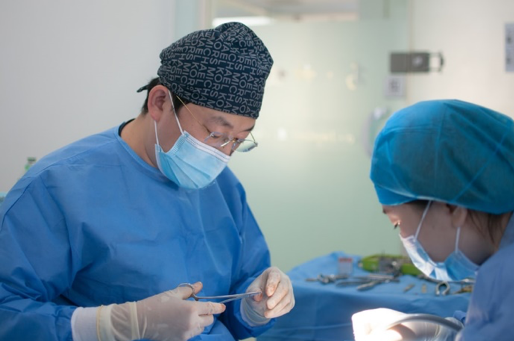
(Source)
You can leave for home after the surgery, but limit your activities as your testicles might move excessively. Once the effect of anesthesia wears off, you will experience swelling and pain. Some men do not experience a lot of pain, but if they do, it goes away in few days.
Benefits of Vasectomy Reversals
Here are some benefits of vasectomy reversals:
1. Fewer Complications
Microsurgical vasectomy reversal is less invasive than the traditional method. By choosing this technique, you reduce your risk for bleeding and infection. Moreover, this technique has a higher success rate.
2. Smaller Incision
In the microsurgical technique, incisions will not be bigger than a centimeter. You will feel less pain after undergoing a procedure with a smaller incision.
3. Reduced Cost
Microsurgery for vasectomy reversal isn’t more expensive than the traditional method.
Microsurgery for Vasectomy Reversal: Conclusion
If you want to undergo the vasectomy or vasectomy reversal procedure, contact our clinic in New York City. Our urological experts and world class staff ensure that you receive the best treatment. For appointments and other information about the procedure, call us.
Yaniv Larish, MD
4 East 76th Street
New York, NY 10021
(646) 862-5500

